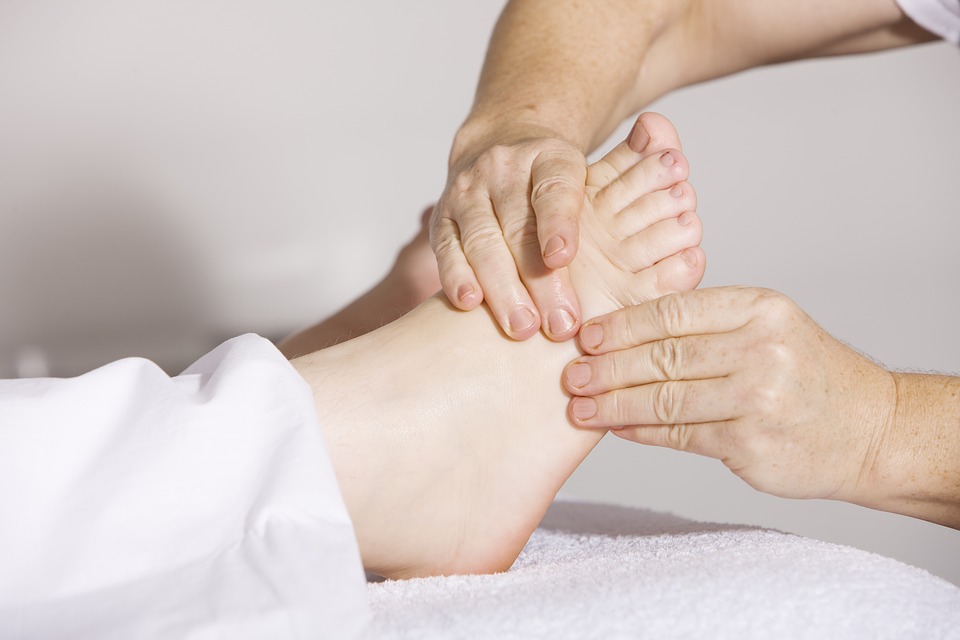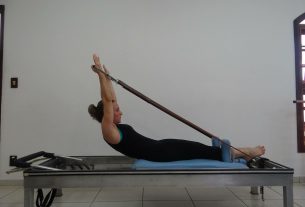The start of the history of physical therapy had been acknowledged by researchers to date back as early as 3, 000 BC. The huge field of physical therapy now extends practically to all regions and in a variety of specialties, yet in those earliest times, it was China that is believed to have the best masseuses, and they also practiced on joint manipulation, soon later -acupuncture.
Then again, the rich history of physical therapy could not be attributed to China alone. In Greece, Hippocrates was able to make out the practice of hydrotherapy and massage as early as 460 BC. And in England, the British Medical Journal had called for the foundation of a physical therapy institute to regulate the practice of masseuses formally under the hands of qualified midwives and nurses within the 1890s.
Nonetheless, the evolution of the history of physical therapy may be indebted to its nature itself and its practiced philosophy. The early history of physical therapy pioneered a view that the body’s health and fitness be treated according to the workings of biomechanics and kinesiology. There could be no other way to explain the success of the practice throughout the entire history of physical therapy other than its scholarly expertise on the mechanics of the human body. As testimony to this proficiency, we can look at the rigorous test and training that the physical therapy discipline went through the two world wars.
The two world wars awoke the need for PT. We can declare that the history of physical therapy has finally stitched its mark permanently during its superlative stature in World War I and II. It was during these times that the vital role of physical therapy became ever more pronounced to the world. The use of physical therapy sheds light on the dark events of blood spills and had left much knowledge for the use of future practitioners. In irony, the painful rehabilitation of injured soldiers paved the way to the rise of a highly specialized PT, as spinal injury units, orthopedic hospitals, chest clinics, and other facilities provided new challenges and promise to the profession.
And well up to these moments, physical therapy has been progressing as one of the largest allied professions in health care – research, development, technology, expertise, expansion. Whether it began through a simple prick on the skin or massive catastrophic deaths, the history of physical therapy owes much to the moment when humans learned how to care.





